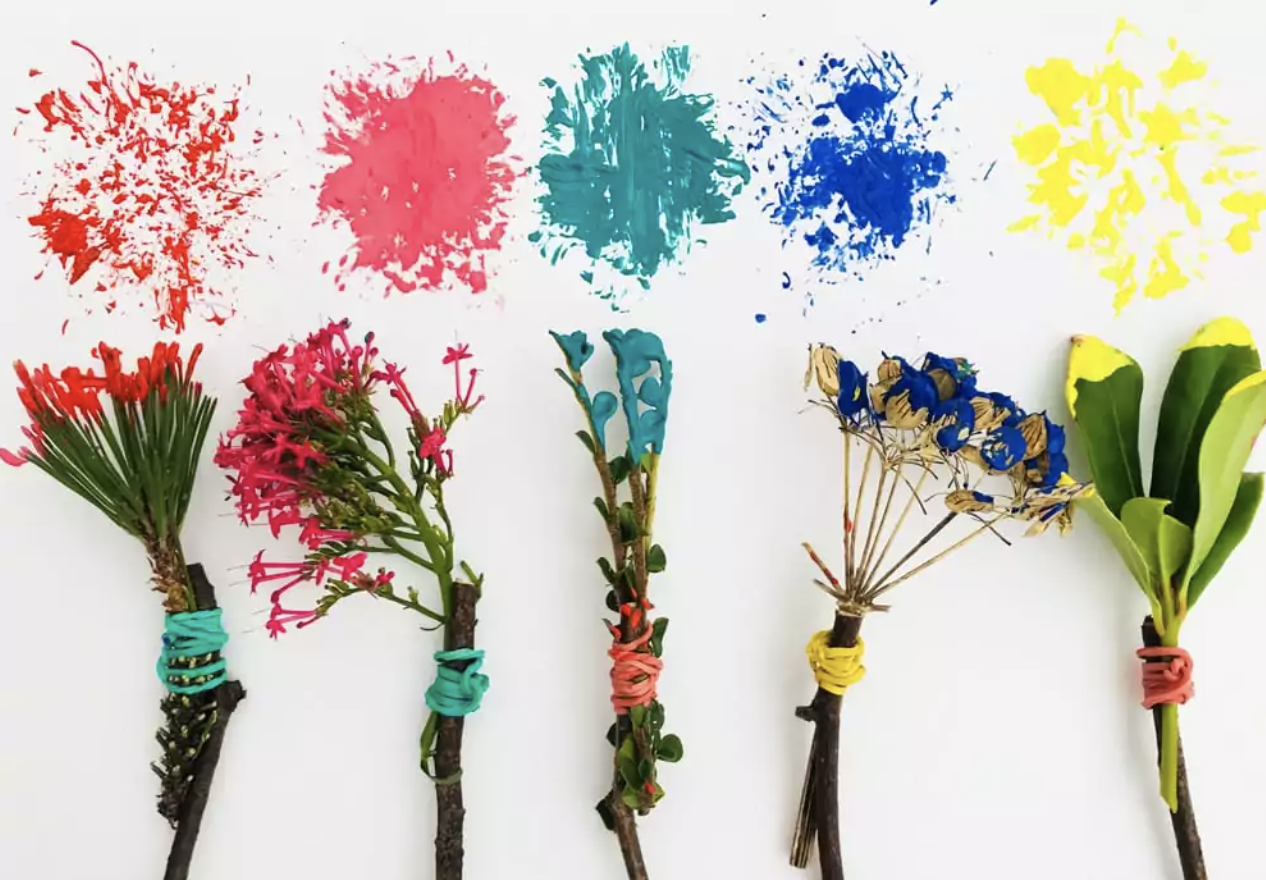Home Insteading With Cooperative Extension (Week 58)
go.ncsu.edu/readext?795318
en Español / em Português
El inglés es el idioma de control de esta página. En la medida en que haya algún conflicto entre la traducción al inglés y la traducción, el inglés prevalece.
Al hacer clic en el enlace de traducción se activa un servicio de traducción gratuito para convertir la página al español. Al igual que con cualquier traducción por Internet, la conversión no es sensible al contexto y puede que no traduzca el texto en su significado original. NC State Extension no garantiza la exactitud del texto traducido. Por favor, tenga en cuenta que algunas aplicaciones y/o servicios pueden no funcionar como se espera cuando se traducen.
Português
Inglês é o idioma de controle desta página. Na medida que haja algum conflito entre o texto original em Inglês e a tradução, o Inglês prevalece.
Ao clicar no link de tradução, um serviço gratuito de tradução será ativado para converter a página para o Português. Como em qualquer tradução pela internet, a conversão não é sensivel ao contexto e pode não ocorrer a tradução para o significado orginal. O serviço de Extensão da Carolina do Norte (NC State Extension) não garante a exatidão do texto traduzido. Por favor, observe que algumas funções ou serviços podem não funcionar como esperado após a tradução.
English
English is the controlling language of this page. To the extent there is any conflict between the English text and the translation, English controls.
Clicking on the translation link activates a free translation service to convert the page to Spanish. As with any Internet translation, the conversion is not context-sensitive and may not translate the text to its original meaning. NC State Extension does not guarantee the accuracy of the translated text. Please note that some applications and/or services may not function as expected when translated.
Collapse ▲FAQ: What is my plant hardiness zone?
Katy Shook, Area Horticulture Agent
Most of Northeastern North Carolina is in Zone 8. The Plant Hardiness Zone Map was created by the United State Department of Agriculture to help gardeners determine if a plant will thrive in a specific location. Zones are based on average minimum temperatures – Zone 1 being the coldest and Zone 13 being the warmest. Gardeners should select plants that fall within their location range for best performance. Microclimates can still exist and site requirements must still be matched (for example – full sun). Visit the USDA Plant Hardiness Zone Map for more information.

The USDA Plant Hardiness Zone Map can help you decide if a plant will thrive in your area.
Mother Nature’s Paintbrushes
Camaryn Byrum, 4-H Agent
What You’ll Need:
- Twigs
- A selection of leaves, grasses and flowers
- Rubber bands
- Paint
- Paper
Directions:
- Gather your supplies. Head outside to gather some thin, strong twigs and a selection of leaves, branches, grasses, and flowers with stalks.
- Secure your leaves or flowers to the end of a twig by wrapping a rubber band around and around them. Take care not to crush any delicate leaves or flowers.
- Use all sorts of different flowers and leaves. This will give you different textures and make different marks when they are used as paintbrushes.
- Dip your nature paintbrushes in the paint and see what textures, lines, and patterns they make when you paint with them on paper.
For more information on these nature paintbrushes.

Grilling Safely At Home
Mary Morris, Family and Consumer Sciences Agent
Now that the weather is getting warmer it’s a great time to get outside and grill food. Not only is it fun but also helps keep the heat out of your kitchen when it starts to get really hot. You can grill your meats and most fruits and vegetables on the grill. There are a few food safety guidelines that you do need to know about to keep your grilled food safe.
The first question is do you own a food thermometer? If the answer is no, go out and get one. The food thermometer not only lets you know that your food is being cooked to the proper internal temperature but it can also ensure that you are not overcooking your food. You can purchase a food thermometer that is digital and instantly reads the internal temperature from most stores for about $10-$20 depending on how fancy you want to get. Once you start taking the temperature of your food you will learn how much better your food is if you are not trying to guess. Follow these guidelines on Grilling Safely at Home by the NC State University Safe Plates program.
If you have any questions about Food Safety please call Mary Morris at 252-482-6585 or email at mary_morris@ncsu.edu.




